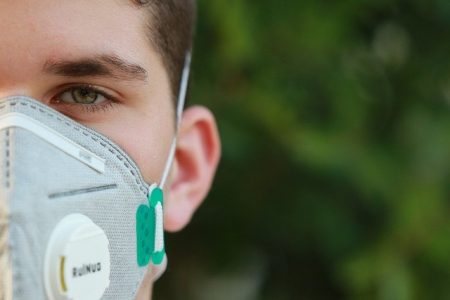
How can we teach our students and congregants to respond to our temporary inability to daven and learn in our shuls? Rabbi Akiva Males, rabbi of Young Israel of Memphis, addressed this topic in a remote class to his congregants. Rabbi Males kindly shared the three mareh mekomos that served as the basis of the shiur: Torah Lodaas, Rabbi Samson Raphael Hirsch, and the Kedushas Levi. The sources are summarized and linked for downloading below.
1) Idea from Torah Lodaas – we may have lost our Mishkan, our Beis Hamikdash, and now even our shuls – our Mikdash Me’at, but we still have Shabbos which can accomplish much of what the Mikdash was supposed to accomplish. Let’s make the most of what we’ve got left – as it can still accomplish much of the intended goal.
2) In the 1800’s Rabbi Samson Raphael Hirsch felt that there would be a positive message sent if all synagogues were temporarily closed – and he even called for that in rhetorical fashion. He felt this would send the crucial message that Judaism is supposed to be practiced and celebrated in the home – not just in the synagogue. He called for this in a rhetorical fashion – never imagining that it would come to be. We’re there now! Let’s at least try to make the most of the educational moment Rav Hirsch only imagined (may it only be for a brief moment!).
3) Extend Rabbi Samson Raphael Hirsch’s idea with the Kedushas Levi. Our homes have the potential to be even more powerful centers of Torah and Avodah than Shuls do! Let’s take this short-lived (G-d willing!) opportunity to ensure that our homes are in fact bastions of Judaism so that they’ll join our Shuls in being transplanted to Eretz Yisrael when the ultimate Geulah arrives – may we experience it soon! (I thank Rabbi Shmuel Silber of Baltimore, MD for sharing the Kedushas Levi with me.)
Click here to download the source sheets.
Hang in there everyone!



















